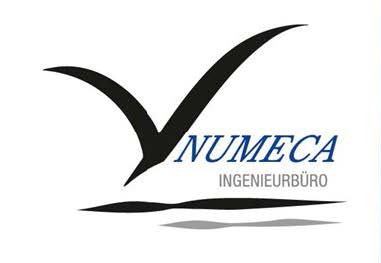Accurate and reliable Prediction of the unsteady Flow in a Radial Turbine
Turbomachinery | Grid Generation | HVAC | Automotive | Aerospace
The Institute of Thermal Turbomachinery and Machinery Laboratory (ITSM) of the University of Stuttgart, based in Germany, focuses its research on gas turbines, steam turbines and turbochargers. As part of the FVV-funded project “Blade Forces”, the NUMECA software tools were utilized. The goal was to develop a workflow for the accurate, reliable and affordable prediction of forced response vibrations in radial turbines taking into account mistuning effects. A thorough validation of this workflow was conducted experimentally and numerically.
Meshing
On the numerical side, high-fidelity CFD models comprising block-structured grids were created with the automatic mesh generator AutoGrid5™ including details like the blade tip gap and fillets as well as the rotor scallop and backspace. The turbine volute was also included in the model.
Nonlinear Harmonic Approach
The unsteady flow field in the turbine giving rise to the aerodynamic excitation was simulated by means of the innovative multi-rank Nonlinear Harmonic (NLH) frequency domain approach in FINE™/Turbo. It leads to a comparable accuracy of the numerical results as the state-of-the-art time-marching models at significantly reduced computation costs. A validation with unsteady pressure measurement data showed remarkably good agreement and increased our confidence in this numerical method and in NUMECA’s solver.
Aerodynamic Damping
The aerodynamic damping in the turbine was also predicted by means of the NLH method. For this purpose, the mode shapes of the investigated resonance crossings as obtained from a prior modal analysis were applied as an elastic blade vibration with defined vibration amplitude. By utilizing the NLH method, the aerodynamic damping was computed also with high accuracy and low computation time.
Given the excellent performance of NUMECA’s software tools, we look forward to employ them in other projects and to continue our cooperation with NUMECA as an academic partner.
Authors
Nikola Kovachev, Research Engineer
Tobias Müller, Research Engineer
Prof. Tekn. Dr. Damian Vogt, Institute Director, Institute of Thermal Turbomachinery and Machinery Laboratory (ITSM), University of Stuttgart
Products
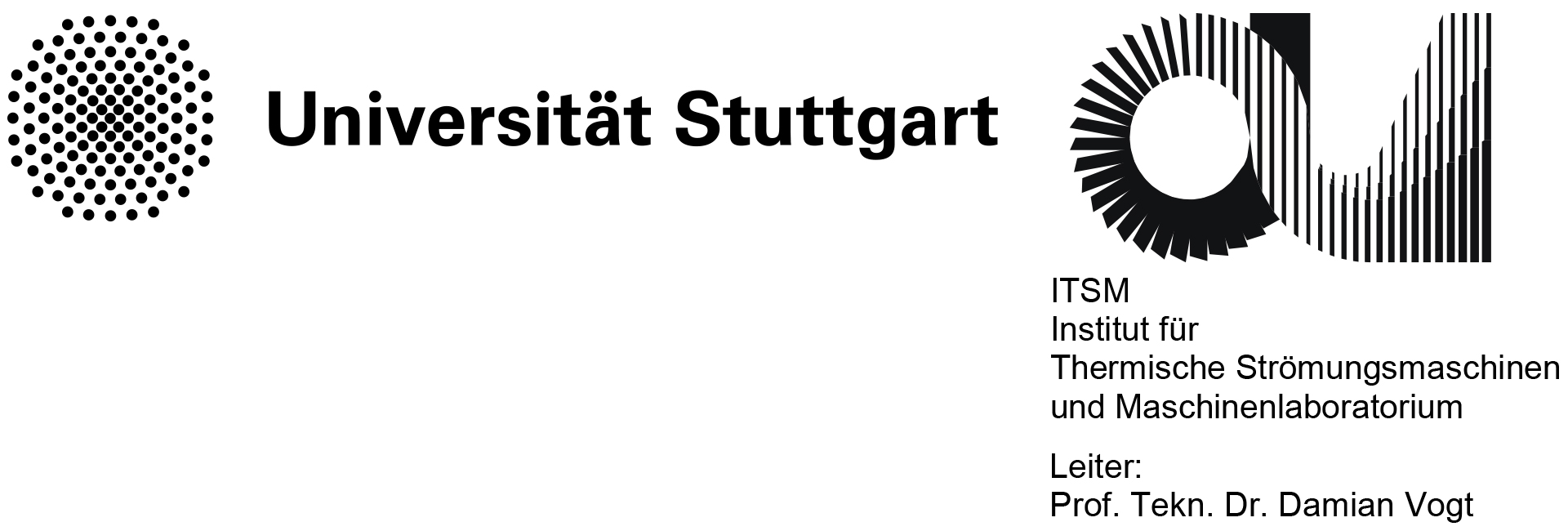
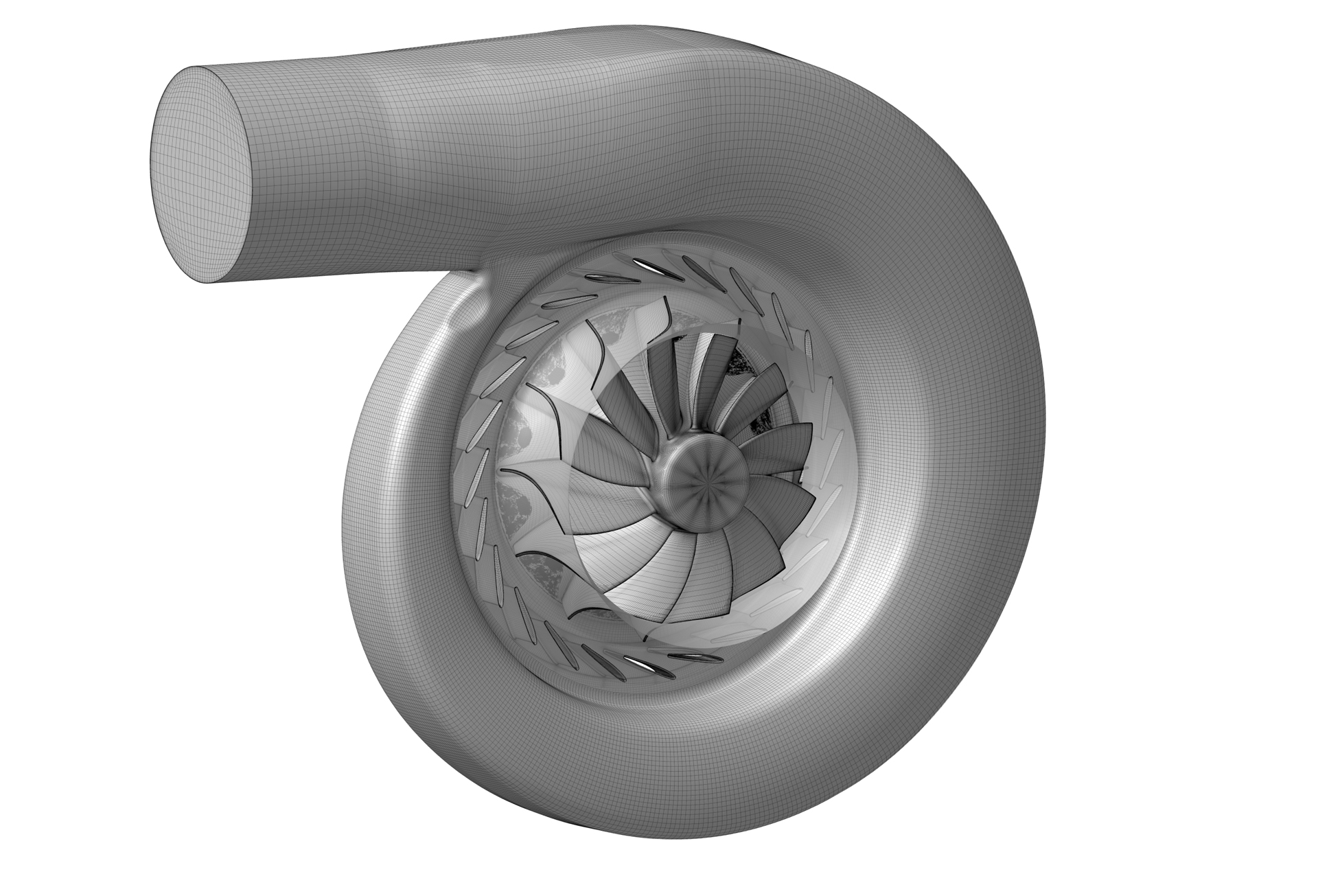 Figure 1: CFD Model of the investigated radial turbine
Figure 1: CFD Model of the investigated radial turbine 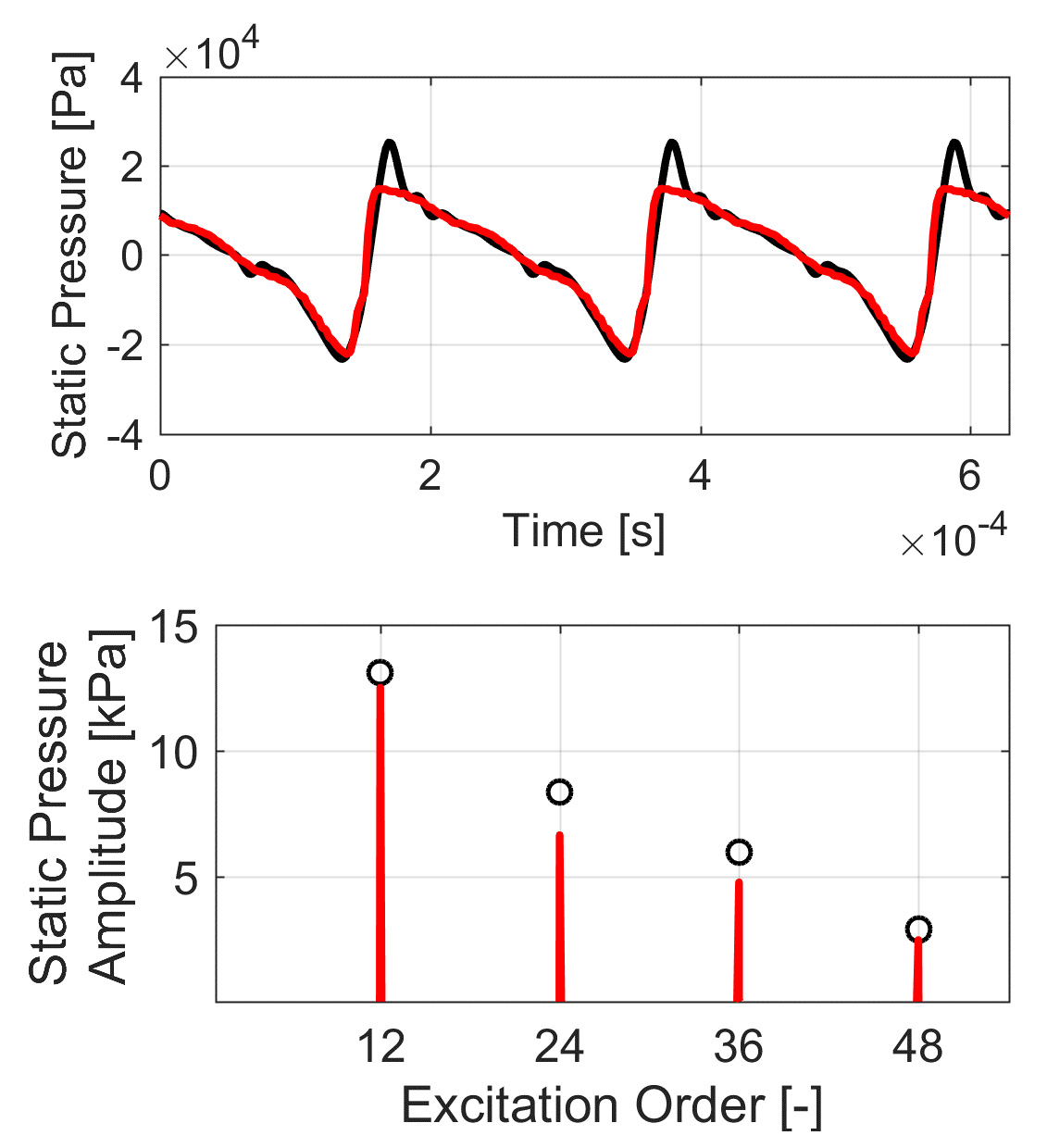 Figure 2: Comparison of measured and simulated unsteady pressure in time and frequency domain at one sensor position in the rotor shroud
Figure 2: Comparison of measured and simulated unsteady pressure in time and frequency domain at one sensor position in the rotor shroud 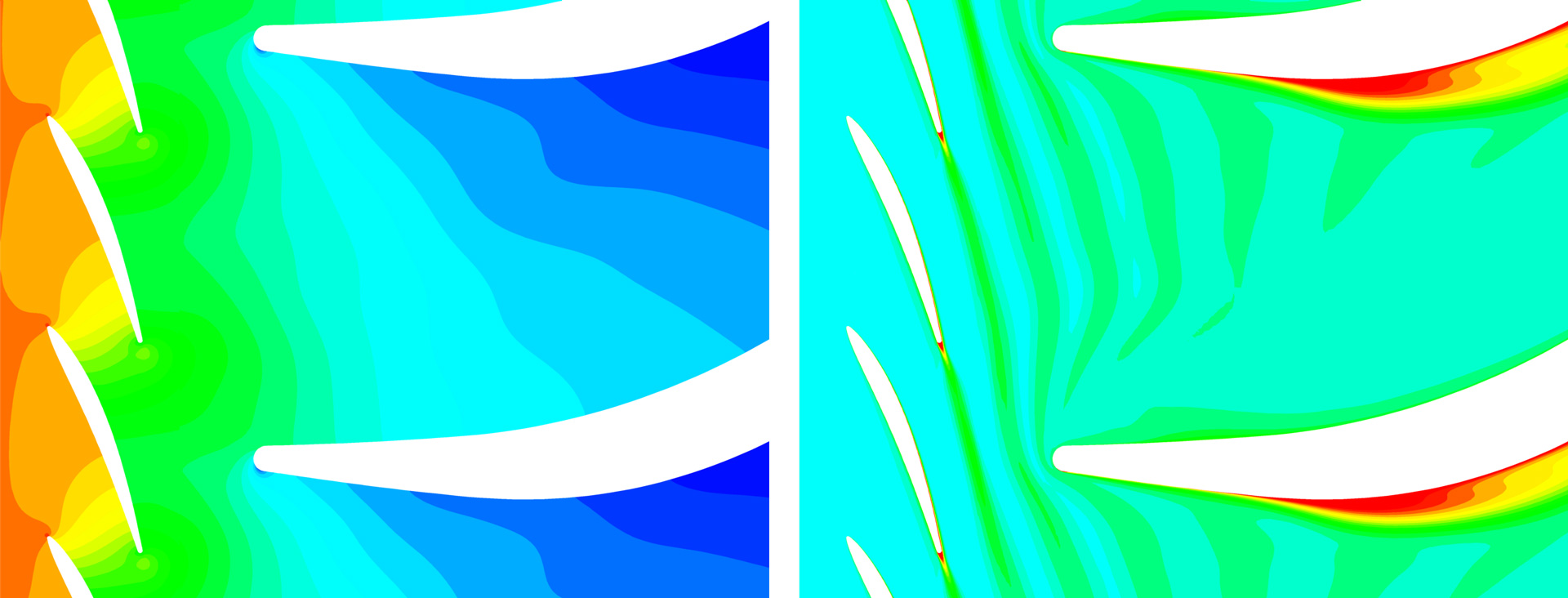 Figure 3: Mean static pressure and entropy contour at mid-span
Figure 3: Mean static pressure and entropy contour at mid-span 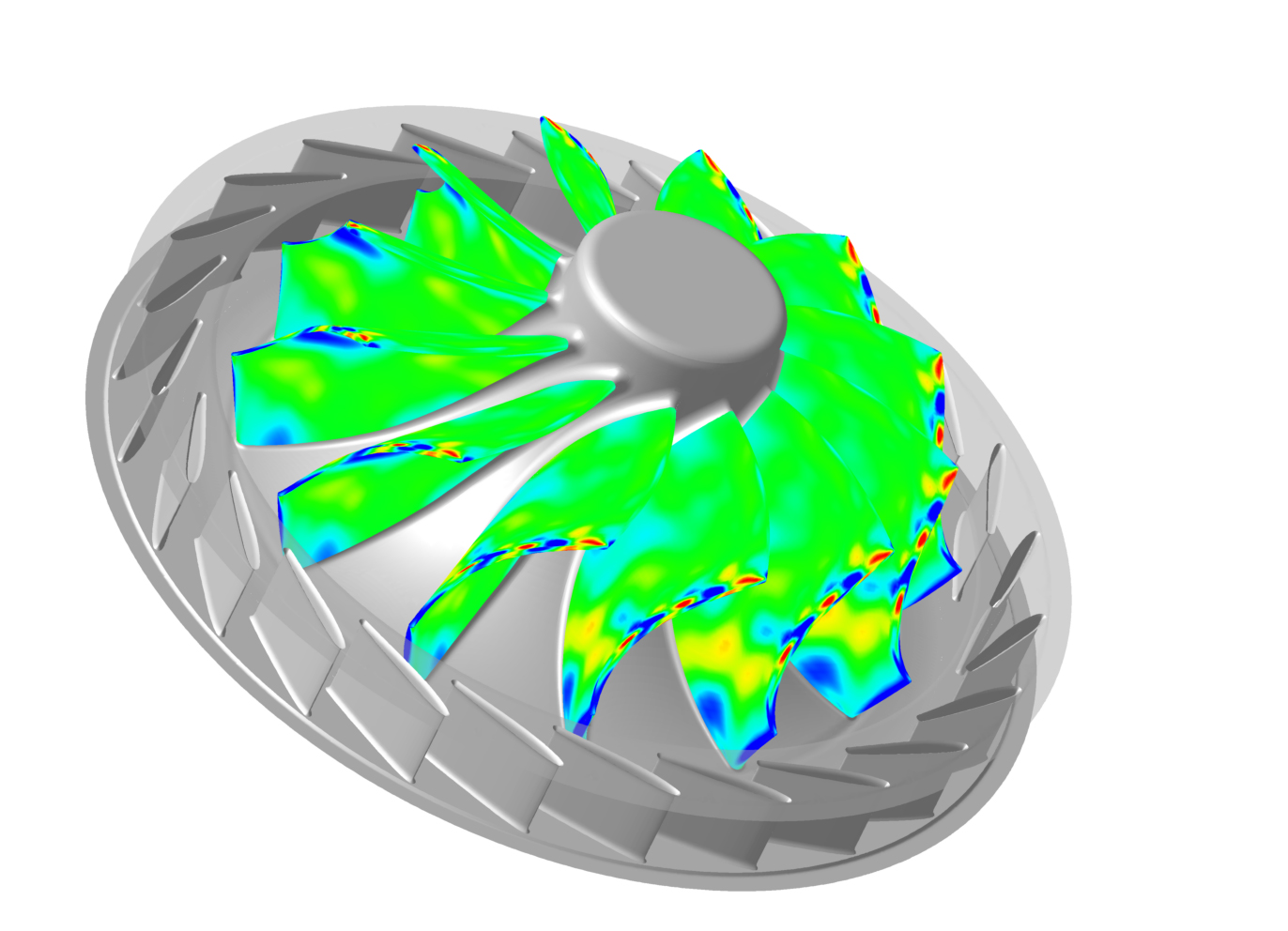 Figure 4: Distribution of the instantaneous blade surface disturbation pressure giving rise toaerodynamic excitation.
Figure 4: Distribution of the instantaneous blade surface disturbation pressure giving rise toaerodynamic excitation. 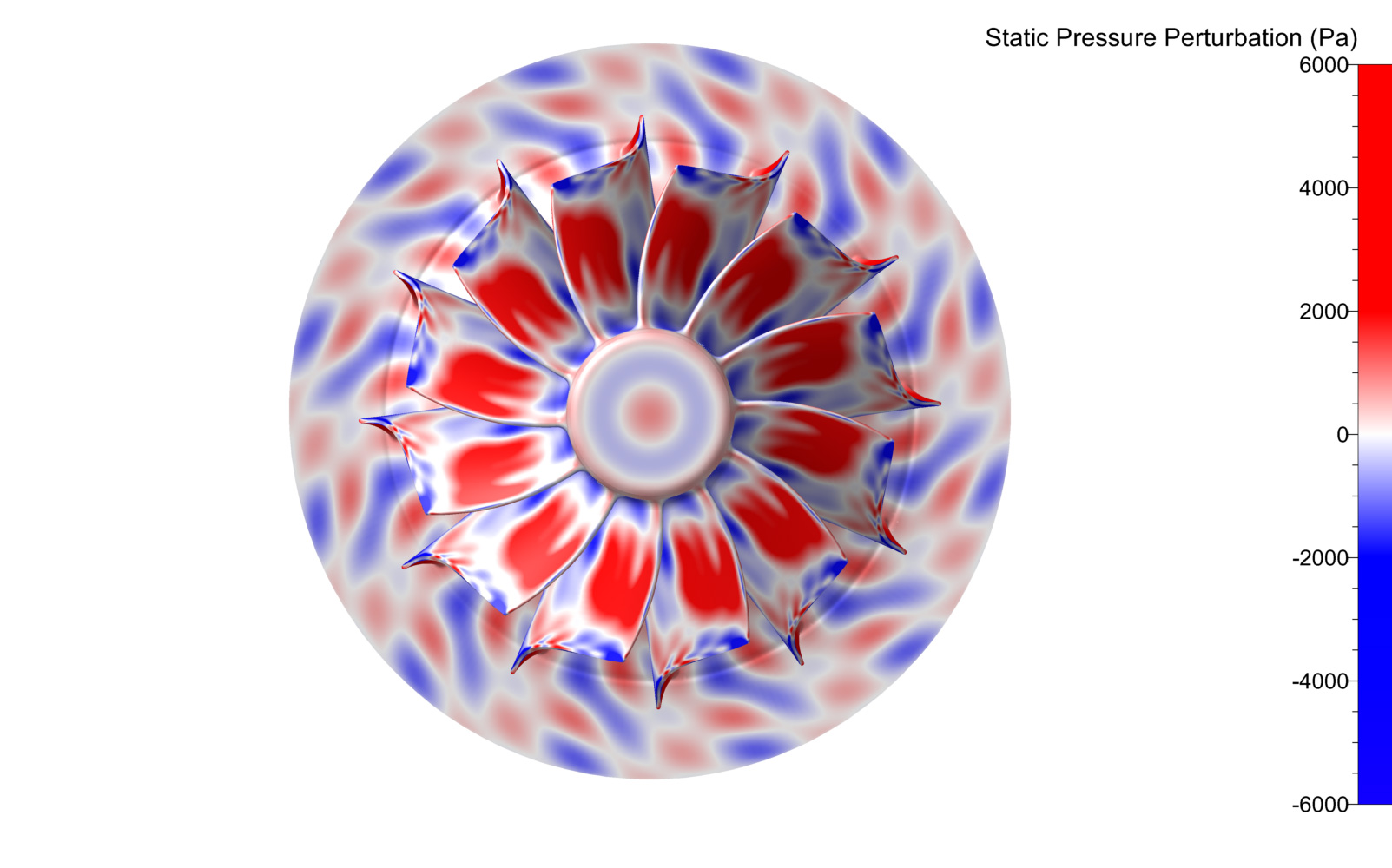 Figure 5: Distribution of the instantaneous blade surface disturbation pressure giving rise to aerodynamic damping.
Figure 5: Distribution of the instantaneous blade surface disturbation pressure giving rise to aerodynamic damping. 